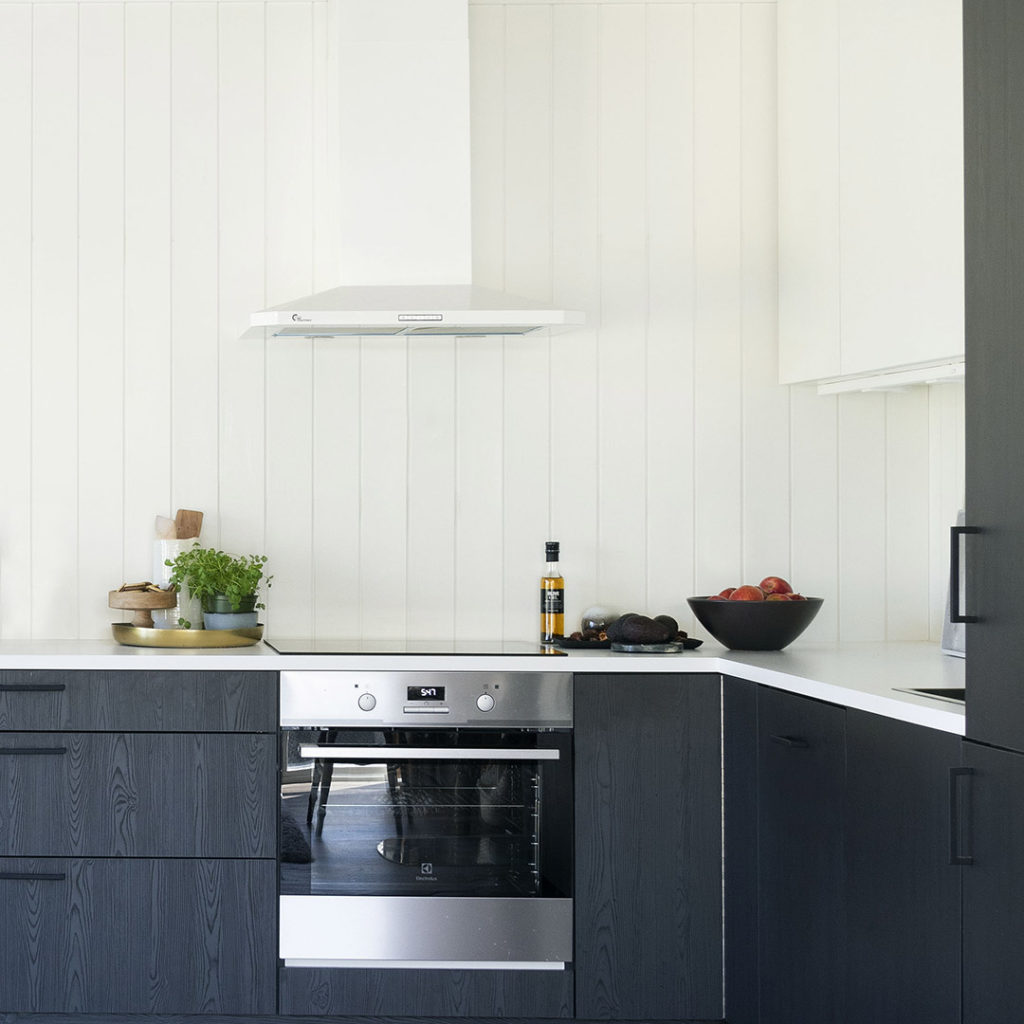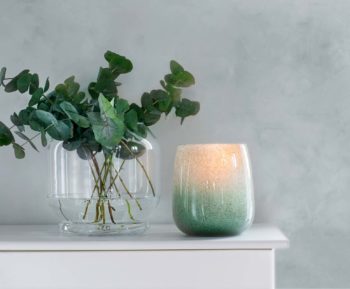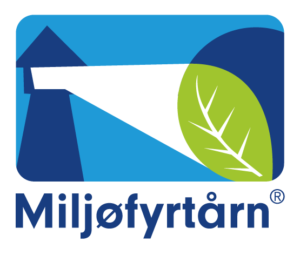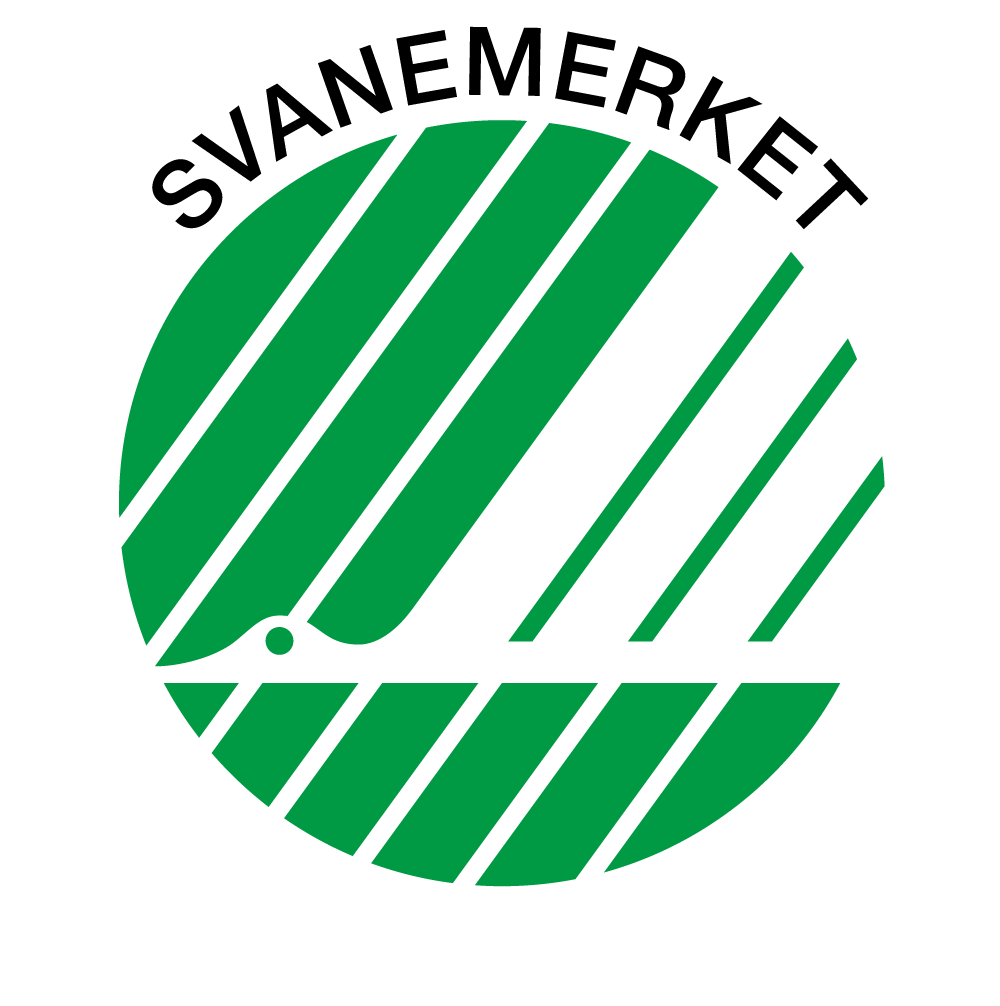All-round primer that counteracts twig penetration
Gjøco Sperregrunn is a water-thinned primer based on urethane-modified alkyd and high-quality pigments. It can be used on discolored and yellowed surfaces, and blocks the penetration of nicotine, soot and other dyes. It also inhibits soaking from twig on panel.
It can be used on most surfaces such as panels, building boards, fiberglass fabric, wallpaper, plasterboard, old plaster and old concrete. Not suitable for new concrete.
If you have a room with a painted panel where the twig appears as yellow spots, you can overpaint with one or two coats of Gjøco Sperregrunn and then apply the desired top coat. Gjøco Barrier Ground can also be used as a top coat. On strongly discolored surfaces, old yellowed panels and on untreated panels, a minimum of 2 coats is recommended. Be aware that twig penetration is a natural phenomenon that over time will always be able to make itself felt.
- Effective against twig penetration
- Superb tires
- Can also be used as a top coat in dry rooms
- Matte and warm surface, gloss 05
- Can be mixed in light colors
- Durable surface
- Full-bodied and good consistency
- Good flow that gives a nice surface
How to use barrier ground
For barrier and insulation on discolored surfaces, and new panel or yellowed old panel
- Wipe off dust with a lint-free cloth.
- Apply a minimum of 2 full coats with Gjøco Sperregrunn.
- For fiber travel; sand lightly with fine sandpaper.
- Nail holes and other irregularities are sparkled with Gjøco Sparkel. Sand with sandpaper no. 120 and wipe off sanding dust with a lint-free cloth.
- Apply the desired top coat. Our Fashion series are recommended for top coats.
For priming on previously painted substrates
- Clean with Gjøco Interior Wash and rinse / wash over with clean water.
- Apply 1 coat of Gjøco Barrier Primer.
- Nail holes and other irregularities are sparkled with Gjøco Sparkel. Sand with sandpaper no. 120 and wipe off sanding dust with a lint-free cloth.
- Apply the desired top coat. Our Fashion products are recommended for top coats.
Worth knowing
Bleeding from the twig
Wood is a living material that contains resin and twigs. The resin tends to bleed through the twigs and give yellow spots on the paint. Pine panel is more exposed to this than spruce, and especially new panel. A new panel should therefore be allowed to stand for a few weeks before it is treated. Resin sweating is affected by temperature and humidity. Strong firing in winter, spotlights in the ceiling and the like. will amplify the phenomenon. It is important to be aware that there is no treatment for twigs today that can guarantee against twig penetration forever. Our experience is that in the vast majority of cases, 2 coats of Gjøco Sperregrunn are enough, and that it works just as well as twig varnish and will block twig penetration for many years.
If you still experience that the twig bleeds through after two coats with Gjøco Sperregrunn, it is recommended to apply 1 to 2 more coats, and then the desired top coat. It is recommended to wait with overpainting until after the heating season, so that the resin sweating can stabilize. The more coats with barrier primer, the better the effect, and on particularly difficult surfaces it may be necessary with more than 2 coats.
Kvaelommer
Gjøco Sperregrunn effectively inhibits discoloration from twigs, but if you have a panel with twigs that have large stinging pockets with resin, it will pay to take the job of cutting out the pockets. It is especially spruce that can have such painful pockets. Regardless of whether you treat the twigs with barrier primer or twig varnish, you run the risk of the resin running out and making ugly stains. Cut out the pockets with a sharp knife and wash the hole with White Spirit. Seal the hole with suitable sealant and overpaint with Gjøco Sperregrunn.
Swelling and shrinkage of panel
It is a known phenomenon that panels are affected by the humidity, and will shrink and swell in step with the humidity in the air. Our indoor climate varies with the seasons. The air is moistest in the autumn, and driest in late winter at the end of the heating season. This means that the moisture content of the panel can fluctuate from about 12% in the autumn down to 6% in the spring. It may therefore be a good idea to paint the panel in the spring when it has shrunk to avoid cracking and streaks along the panel boards. If you are painting the panel boards before installation, you do not need to take this issue into account.
The panel should otherwise not have a higher moisture content than 11-12% when set up, to prevent the tables from swelling in the autumn when the humidity is higher.








